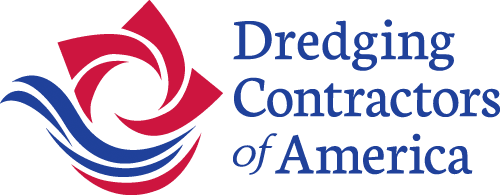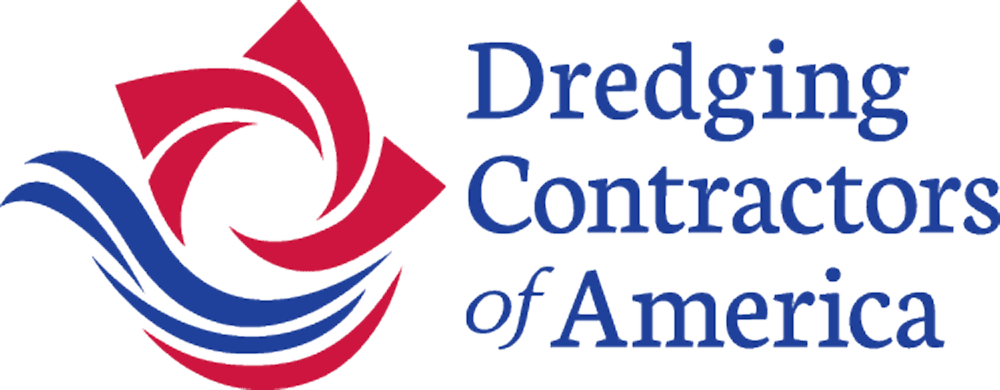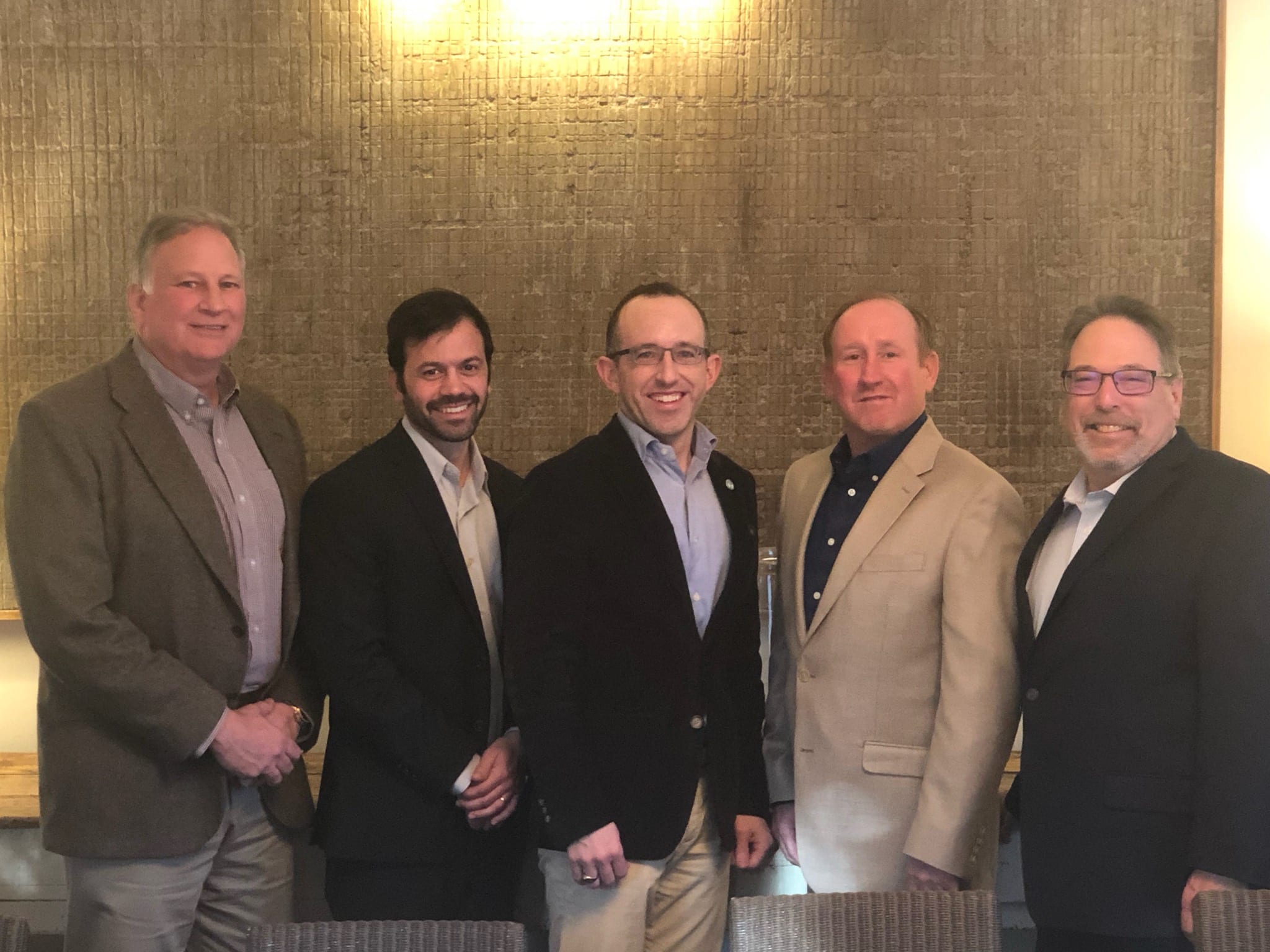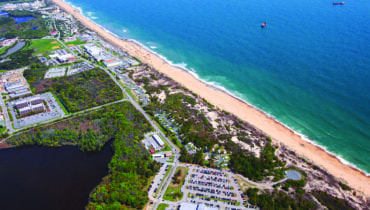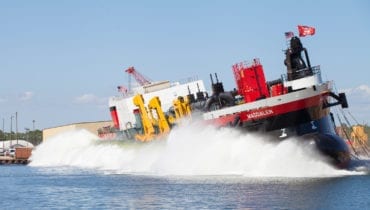Featured Pictured: PTF members (L-R) Charles Nelson, Right-of-Way Manager, Colonial Pipeline Company; Michael Gerhardt, VP Dredging Contractors of America and PTF Director; Steven Giambrone, Director, State of Louisiana Pipeline Safety Office; Ed Landgraf, Chairman, Coastal and Marine Operators Pipeline Industry Initiative (CAMO); and Howard Cooper, Safety Manager, Dutra Group.
From DredgeWire –
Michael Gerhardt, Vice President of the Dredging Contractors of America, gaveled into session the fourth Pipeline Task Force (PTF) meeting on March 12, 2019, in Washington, DC.
“We are moving forward today with this important group of stakeholders, who all have a vested interest in making sure submerged pipelines are identified before any dredging commences,” said Mr. Gerhardt, who also serves as PTF Director.
The PTF also discussed the results of the first “live” dredging project demonstration of submerged pipelines in the Calcasieu River and Pass. Dave McMasters of Chevron Pipe Line Company presented the demonstration project’s results. Ed Landgraf of CAMO and Carl Dickerson of Mike Hooks, Inc. made significant contributions to the data sets. The goal of the project was to identify and locate submerged pipelines that may not have been marked on a U.S. Army Corps of Engineers’ plans and specs.
The dredging scope, related to the Calcasieu River and Pass, is as follows:
– The Bar Channel requires dredging one or two times per fiscal year;
– The inland pass reaches between mile markers 5.0 and 28.0and requires dredging every other year, which alternate between milemarkers 5.0 – 17, and milemarkers 17.0 – 28.0;
– The upper most of the pass reaches between milemarkers 28.0 and 36.0 and requires dredging every five to eight years.
This demonstration project took place during the preparation of an actual dredging project on the Calcasieu River. Through David McMasters’ leadership, the PTF studied the pipeline crossings in the Calcasieu River. The team compared the coordinates and pipeline ownership information that were provided by the U.S. Army Corps with what is documented in the U.S. Pipeline and Hazardous Materials Safety Administration (PHMSA) database (NPMS), data from the State of Louisiana Pipeline Safety Office (SONRIS), and with other publicly available private sector information. The team found four natural gas pipelines that are not in the U.S. Army Corps’ database and nine pipeline inconsistencies.
William P. Doyle, Chairman of the Pipeline Task Force, commented, “I am very pleased with this pipeline task force team. Their work is going to saves lives. These are not meetings for the sake of meetings; we’re getting something done by putting visibility on buried pipelines.”
See full write-up at DredgeWire: http://dredgewire.com/article/9749/dredging-industry-pipeline-task-force-meets-in-washington-dc/2/project-updates.

